Search Images
Browse Content (p. 1095)
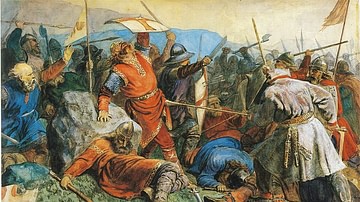
Image
The Battle of Stiklestad
Artist's rendition of the Battle of Stiklestad in 1030 CE, an alleged (but not 100% proven to be historic) battle in which King Olaf II of Norway (also known as Olaf II Haraldsson, r. 1015-1028 CE) was killed by the opposing peasant army.
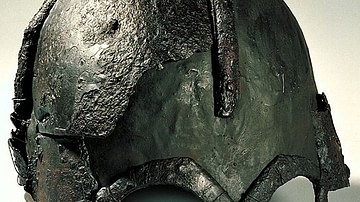
Image
Viking Age Helmet
The Viking Age helmet pictured here is known as the Gjermundbu helmet, named after the farm it was found at near Haugsbygd, Norway, in 1943 CE. It was located inside a Viking Age burial chamber. Although at the time of discovery it was in...

Image
Cardiff Castle Shell Keep
The shell keep of Cardiff Castle, built c 1150 CE.
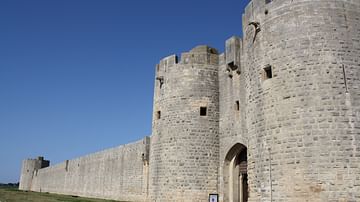
Image
Aigues-Mortes Enceinte
The enceinte (wall enclosing a castle or town) of Aigues-Mortes, France. 13th century CE.

Image
Soncino Castle, Italy
Soncino Castle, Lombardy, Italy. First built in the 10th century CE and then rebuilt in the 13th century CE. The barbican adds extra protection to the principal entrance of the castle and gatehouse.
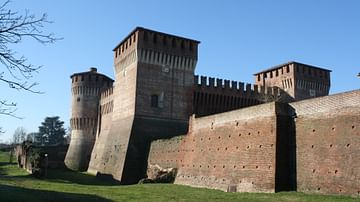
Image
Soncino Castle
Soncino Castle, Lombardy, Italy. First built in the 10th century CE and then rebuilt in the 13th century CE. Here can be clearly seen the massive angled additional base to the walls known as a talus which increased the difficulty in climbing...

Image
Chateau de Suscinio
Château de Suscinio, Morbihan, France. First built in the 13th century CE as the residence of the Dukes of Britanny.
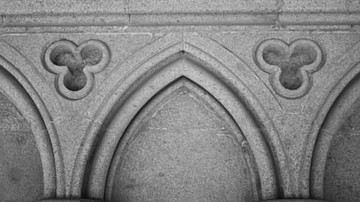
Image
Blind Arcade
An example of a blind arcade, false arches used to decorate medieval walls.
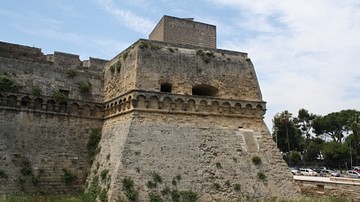
Image
Tower with Batter, Bari
A tower with a sloping base (batter) for extra defence, part of the castle of Bari, Italy. Originally built in the 12-13th century CE.
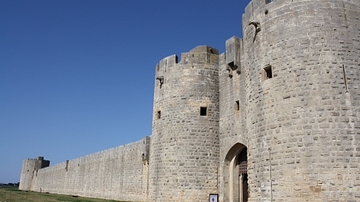
Image
Enceinte, Aigues-Mortes
The enceinte or circuit wall of Aigues-Mortes, France. Originally 13th century CE.